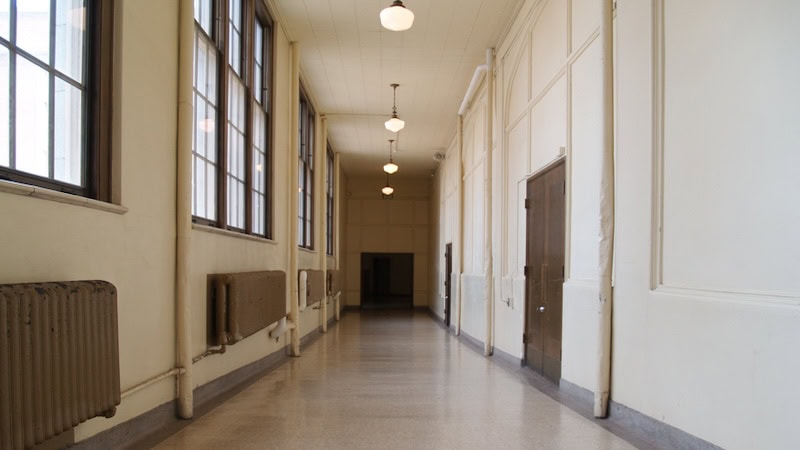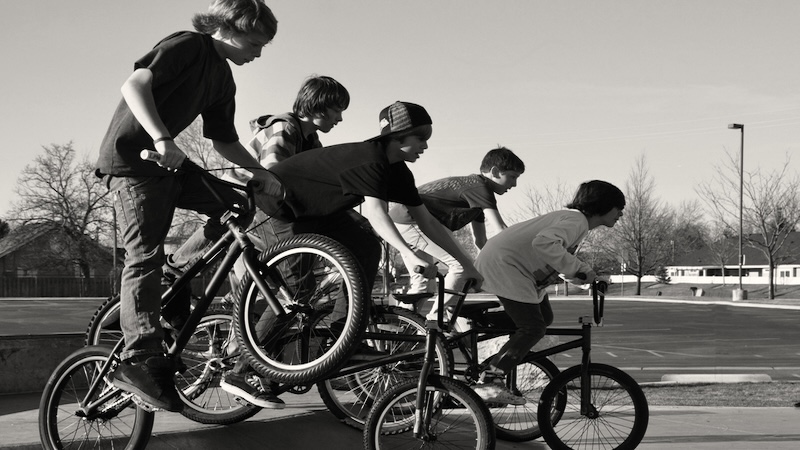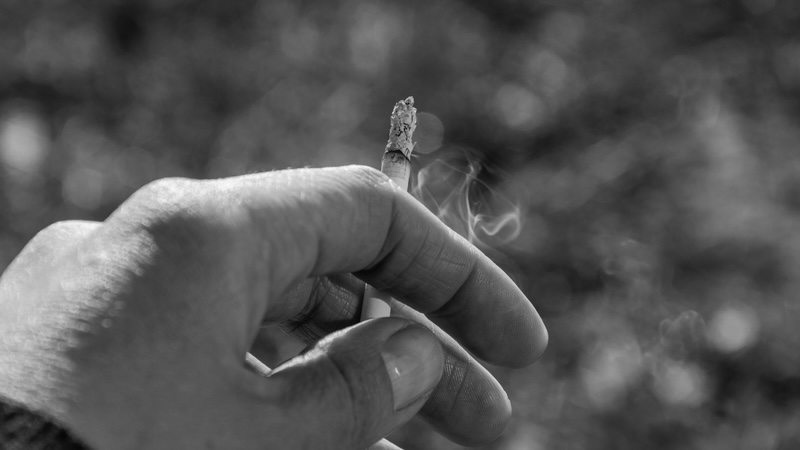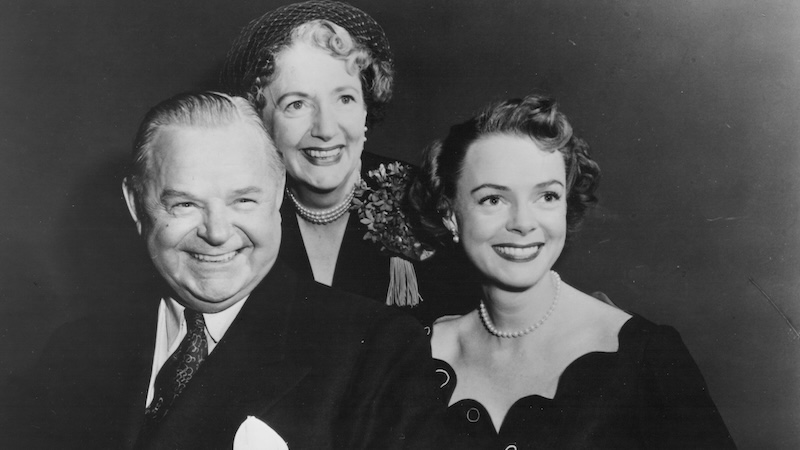The Changes at Her Old High School
A teacher reflects on the familiar and the new

While the enthusiasm of pep rallies may be timeless, the makeup of her old high school in Richmond, Virginia, has changed dramatically. Teacher Lee Knapp reflects on differences over the years.
When my personal life was in a bit of turmoil, I randomly checked my county’s website for teaching jobs. “How quaint … or is this kind of lame?” came through my head when I saw one at my old alma mater.
Before I knew it, I was shaking hands with the principal and reading the textbook about the three kingdoms of ancient Egypt. But it was my old familiar campus that felt pretty ancient when I returned. What had been a mostly all-white high school in 1976 had become the most diverse in the county, with 37 languages spoken. As a lifelong Richmonder, this was notable. As a boomer born in its loudest reverberation year, 1957, my return to this same, yet very different, place challenged my personal past identity, yet encouraged my vision of our collective future. So much so that I began to take notes for a possible book. Where better else to start than a high school gymnasium?
During the annual senior awards ceremony held in that gym each spring, the top 10 students were chosen for both good grades as well as character and school spirit. One year, as I watched from my seat in the freshman section of the gym’s balcony, I noticed how the honoree lineup represented an almost perfect distribution of race and gender. Then the last student was named. He was a very popular kid who had a disability that confined him to a wheelchair. The lift was readied, and Ms. Allen cranked him up to stage level so he could roll across the stage to get his medal. The art teacher who was sitting next to me leaned in and remarked, “That’s Tucker for you.”
It is now. But she had no idea, like I do, how vastly different this Tucker gym looked from my Tucker gym close to 50 years ago. Sometimes, especially at pep rallies in that same gym, I was visited by the images of the ones of my day: super peppy, pig-tailed cheerleaders doing their white-bread, clappy cheers and modest jumps in short plaid kilt skirts and white cotton sweaters with an orange and blue megaphone appliquéd on them, while the white jocks strutted out to get their seasonal recognition and adoration.
Then I would return to the present and see the multi-shaped, multi-race dance team in their Lycra outfits thrusting their hips and shimmying their chests; the Step team, mostly Black girls in coveralls and boots rhythmically stomping, jumping, and clapping while sporting faux mean faces at the senior boys of all races in the bleachers who are trying to get them to laugh; or the occasional Salsa performances by the Latin Dance Club.
It may have looked like I was really enjoying myself there, living in the moment, and I was. But I cannot deny that the grin I shared with all the teachers, along with an involuntary headshake also spread across my face because of the past, a distant past that never would have seen this coming. In Richmond, Virginia. Although, there was one obvious bridge between these two scenes: teenagers are perennially full of pep, and it is easily rallied.
Pep rallies are a tradition at Tucker, as they are at any high school. The South, Virginia, Richmond had been places that arguably valued tradition more than other regions of the country throughout our history. That is what made it, and perhaps makes it still for some, so difficult to see it disappear. Tucker High School is still Tucker, but its population does not resemble the school I knew hardly at all. The tendency to hang on to the old traditions is strong, though. It is supported by defining memories of a vastly different life. The fear of losing your roots, your familiar surroundings, can paralyze your very sense of reality, much less identity, if you are unable or unwilling to make room for change.
Sometimes, teaching a microcosm of the world’s populations with countless traditions between them, a crotchety old person’s voice comes through my head, wanting to remind them that this is my high school, my home, my country. You are welcome to it, but it is still mine more than yours. Where were you when I was riding my bike to Westland Shopping Center to get French fries after school at W. T. Grant’s, back in the corner where they had a little diner? Remember that? I don’t think so. Where were you when my friends and I, at that same shopping center, joked about ordering ice cream at High’s by choosing a stain color on the old lady’s apron? Not here. Where were you when we tore Danielle Antonelli’s pantyhose right off her legs in Cafeteria Three after she showed us a run in them? Somewhere else, I imagine. And by the way, where would you have lived since the county’s development ended with Tucker and all the apartments you inhabit were woods? Huh? You have no idea of how it used to be.
Other times, like I did so long ago as a newlywed in strange, faraway New England, I felt like the stranger in my own strange land. I am the immigrant, only this is my own backyard, a backyard I never left. I thought of this at back-to-school night sometimes. All of the international parents who have actually experienced an epic loss of tradition, painful disorienting change, and even sometimes trauma – these parents were looking to me to help their child adjust and thrive.
A public school is based on random boundary lines, and Tucker’s are particularly random. That students are thrown together simply because they fall within those same lines is a rather absurd idea. What they share in common is mere geography. Kids from several dozen countries and cultures join together as friends and form lasting bonds just from four years spent together at a public high school. Indeed, the absurdity of that campus, of that gym, those pep rallies and honor assemblies mirrors the whole idea of America itself. America the Absurd. America the Beautiful.
This essay has been adapted writer Lee Knapp’s most recent book, “I’m History … but do I repeat myself?” The memoir is available on Amazon and at GrammarStuff.com.
Educator, author, and artist Lee Knapp was raised in suburban Richmond, Virginia where she graduated from J.R. Tucker High School and then got her B.A. degree from the College of William and Mary. She taught history, wrote a couple of books, and started two art businesses all while raising three sons. Knapp now lives in rural Louisa after retiring from education.
Read more childhood memories and other contributions from Boomer readers in our From the Reader department.
Have memories of your old high school or other stories you’d like to share with our baby boomer audience? View our writers’ guidelines and e-mail our editor at Annie@BoomerMagazine.com with the subject line “‘From Our Readers’ inquiry.”



